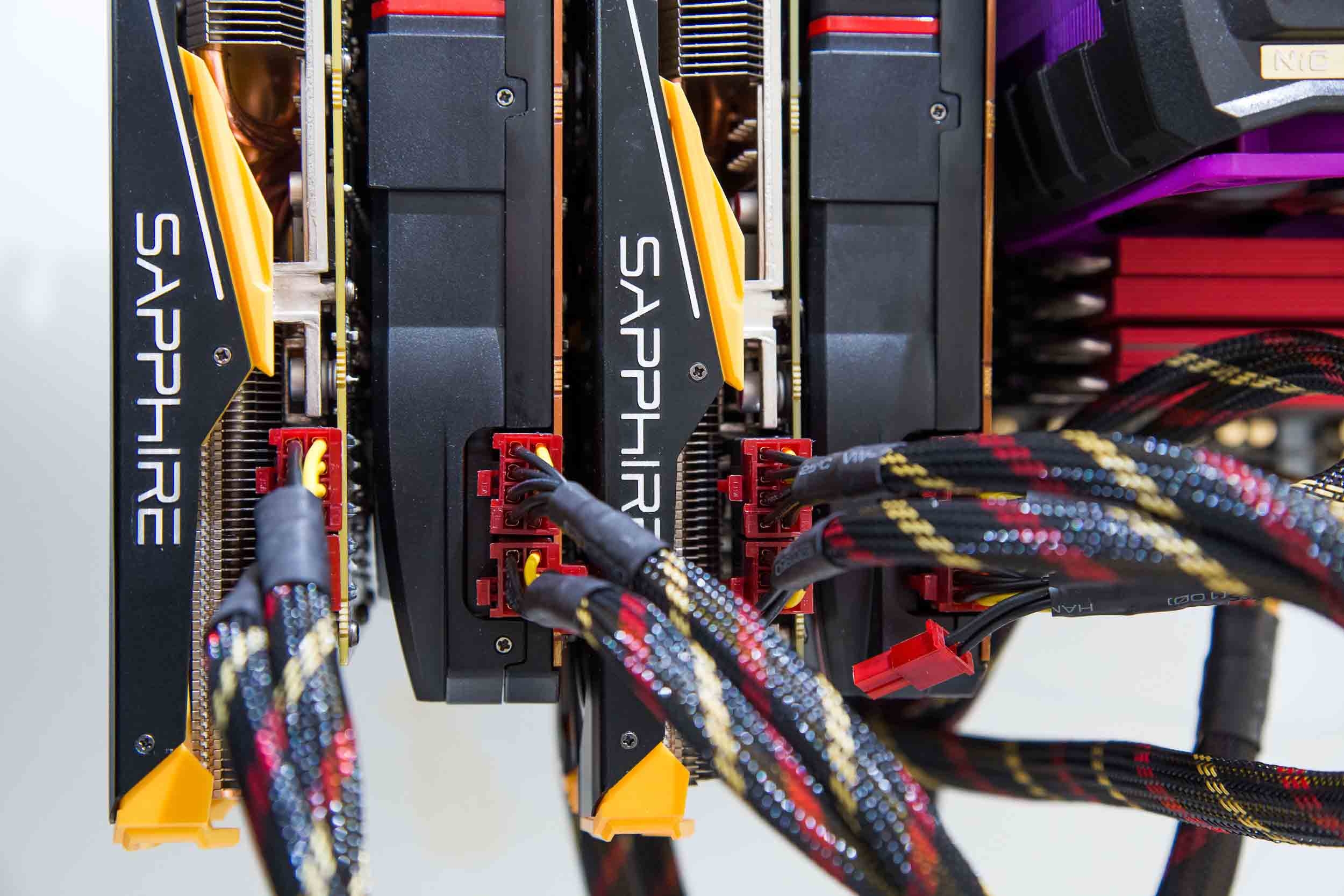
#4 way sli crossfirex drivers#
Support can be done either by GPU designer in drivers (and hardware), or in software where the onus is on developers. power requirements, mobo support, microstutter).
#4 way sli crossfirex code#
Though they did supply custom code in the drivers to facilitate this, it became more effort for little benefit. As game engines became more complex and customized for each studio (with the rise of shaders and the death of the fixed-function pipeline), it became more difficult for Nvidia/AMD to use generic solutions that would work with all games. DX12 and Vulkan came out, allowing far more control for utilizing mGPU, but required developer programming for it to work. To say it was inconsistent is putting it mildly. Some game engines and some architectures also benefited more or less from this than others.

How well these GPU's worked was entirely dependent on SLI/Crossfire profiles in the drivers. These cards all relied on some form of internal Crossfire or SLI between the GPU's. The reason you don't see dual-GPU graphics cards anymore is simple. Basically, it works in a few games but the scaling isn't what you'd want or hope for. It does via an expensive and proprietary bridge, but all the same limitations apply to it as well. I think the only current high end card that does is the RTX 3090. It's to the point now where AMD and NVIDIA cards don't even have the physical capability in hardware anymore. Given that most games on PC are ports of their console versions and given how few people utilize multi-GPU configurations the developers never bother to implement it.

The game developers have to implement the feature in the games themselves. With changes to DirectX 12, its no longer up to the GPU makers. In the past, SLI or Crossfire support in games was primarily up to NVIDIA and AMD to implement in their drivers via profiles.


 0 kommentar(er)
0 kommentar(er)
